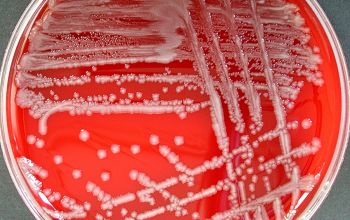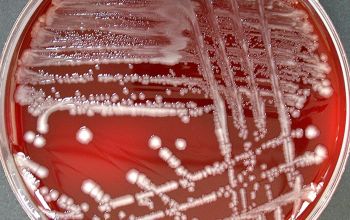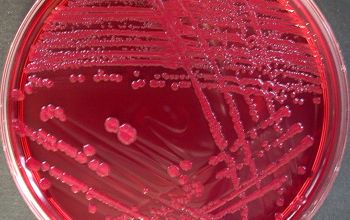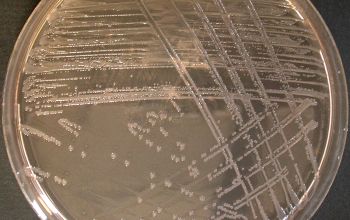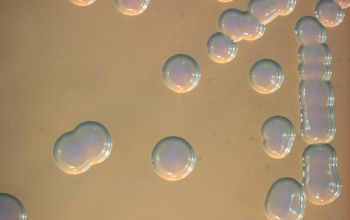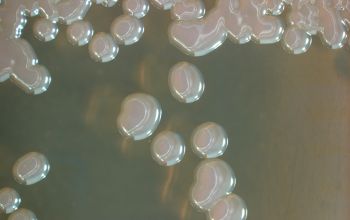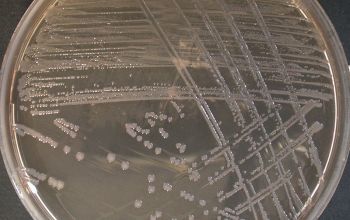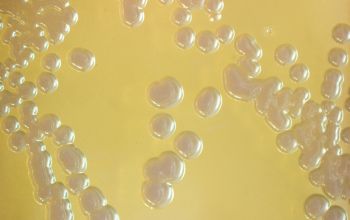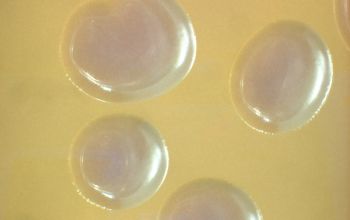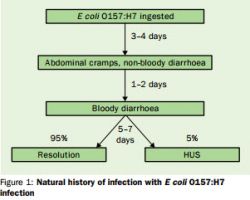Escherichia coli O157:H7
-
General information
Taxonomy
Family: Enterobacteriaceae, genus: Escherichia coli, E. coli O157.H7
E. albertii, E. fergusonii, E. hermannii, E. vulneris
Origin
E. coli O157:H7 is so-named because it expresses the 157th somatic (O) antigen identified and the 7th flagellar (H) antigen.
Natural habitats
E. coli O157 is found regularly in the faeces of healthy cattle, and is transmitted to humans through contaminated food, water, and direct contact with infected people or animals.
Transmission
E. coli O157 is transmitted by food and water, directly from one person to another, and occasionally through occupational exposure.
Most foodbourne outbreaks have been traced to foods derived from cattle, especially ground beef an raw milk.
Clinical significance
Human infection is associated with a wide range of clinical illness, including asymtomatic shedding, non-bloody diarroea, haemorrhagic colitis, haemolytic uraemic syndrome, and death.
-
Gram stain
Gram negative rods,
1-3 x 0.5 µm, though their size can be impacted by temperature, growth state, and exposure to antibiotics.
They occur singly or in pairs
-
Culture characteristics
-
Facultative anaerobic
BA: colonies may be smooth (S-type), low convex, moist and gray with a shiny surface, entire edge. R-type or mucoid forms may occur.
Some strains are β-hemolytic.
SMAC (Sorbitol-MacConkey)
Unlike most E. coli strains, E. coli O157:H7 does not ferment sorbitol.
Colonies are colorless.
BBAØ: growth
-
-
Characteristics
-
References
James Versalovic et al.(2011) Manual of Clinical Microbiology 10th Edition
Karen C. Carrol et al (2019) Manual of Clinical Microbiology, 12th Edition
Seminar Escherichia coli O157:H7 PaulPaul S Mead, Patricia M Griffin


